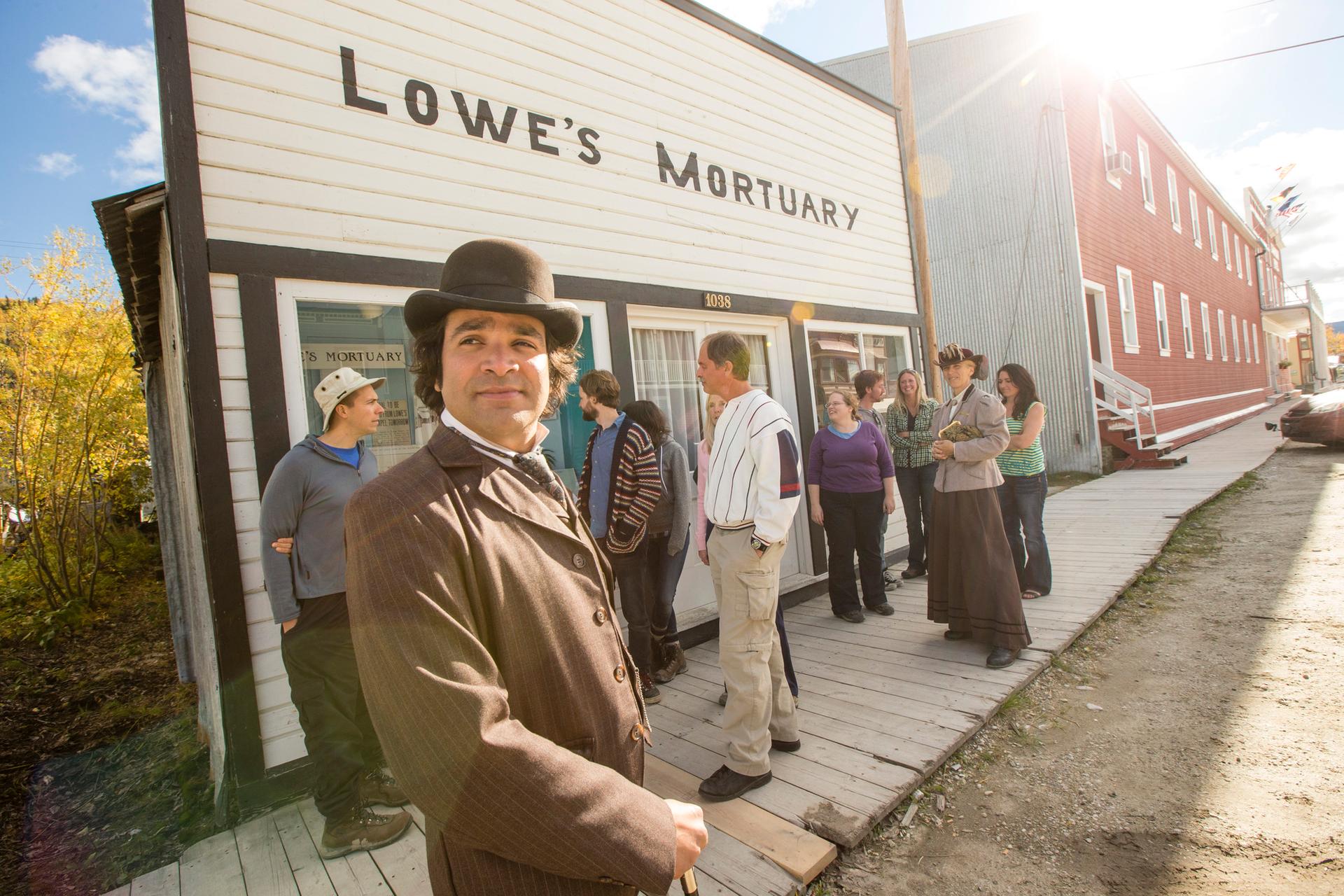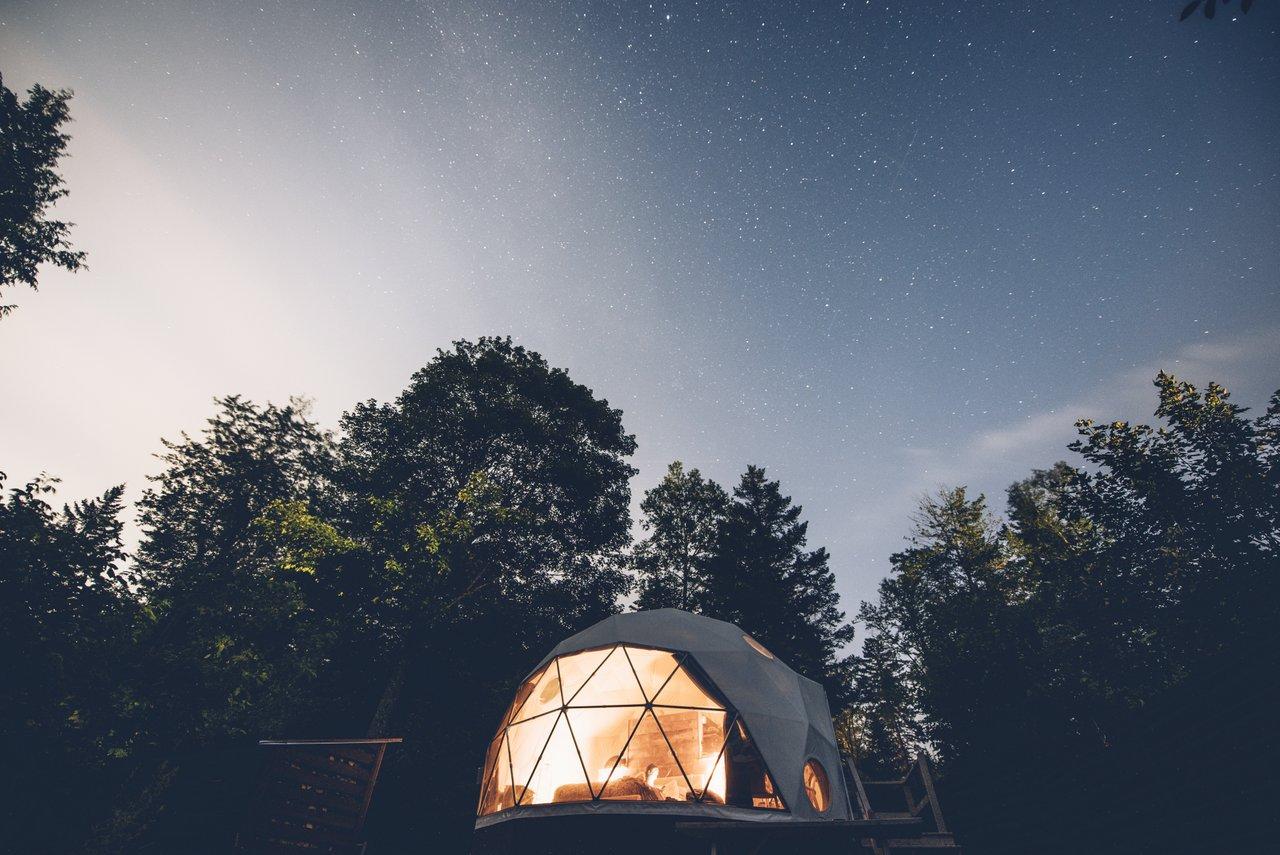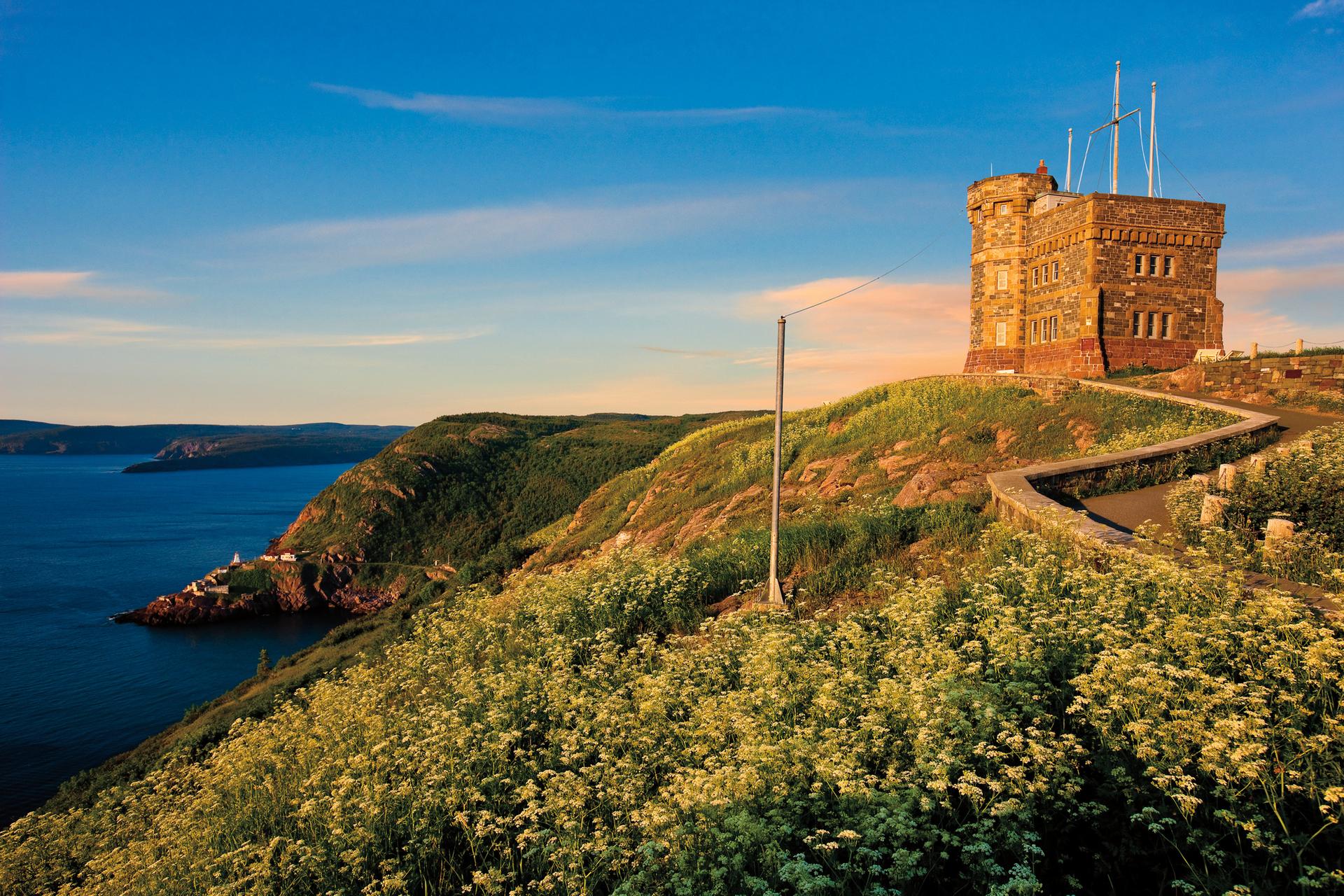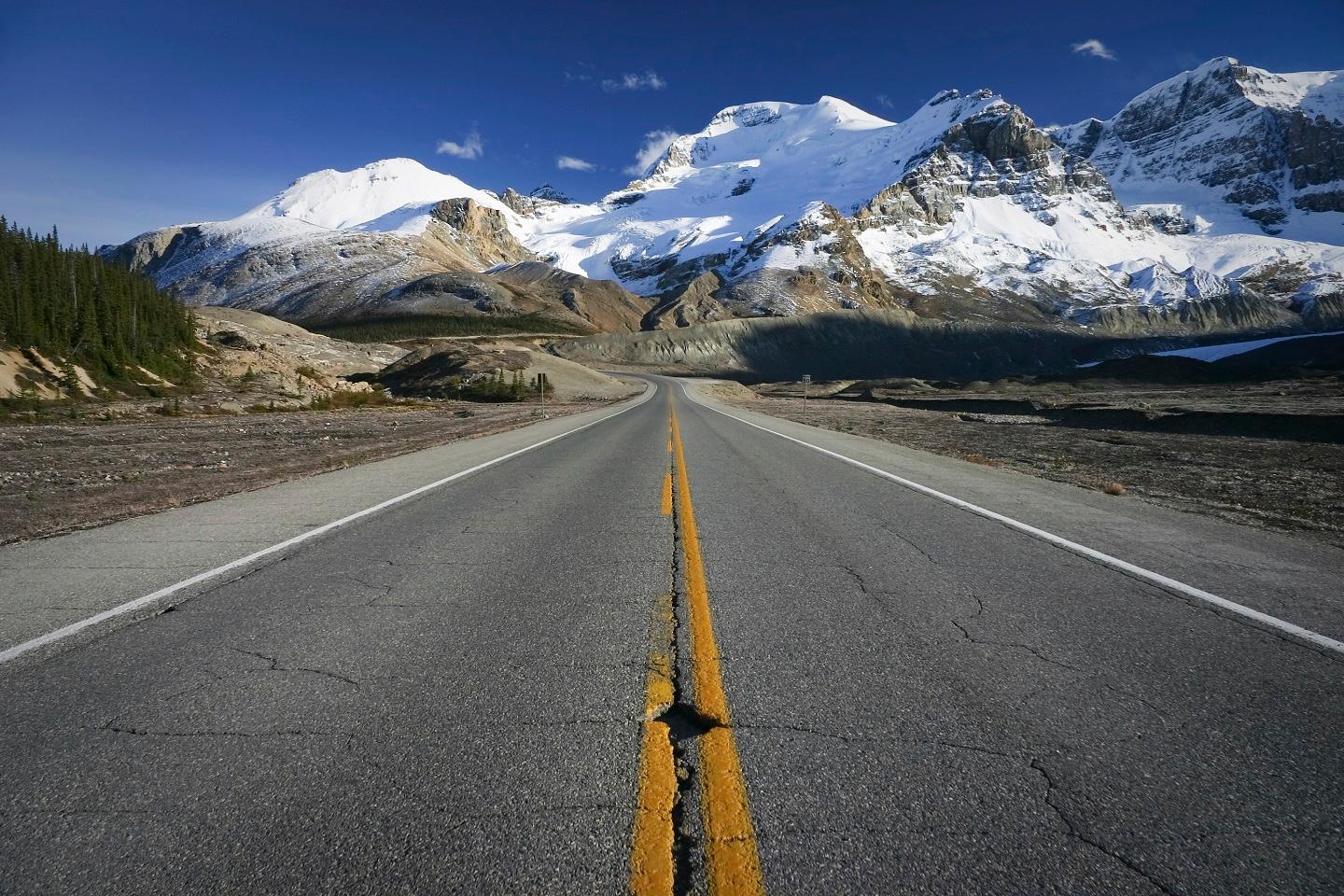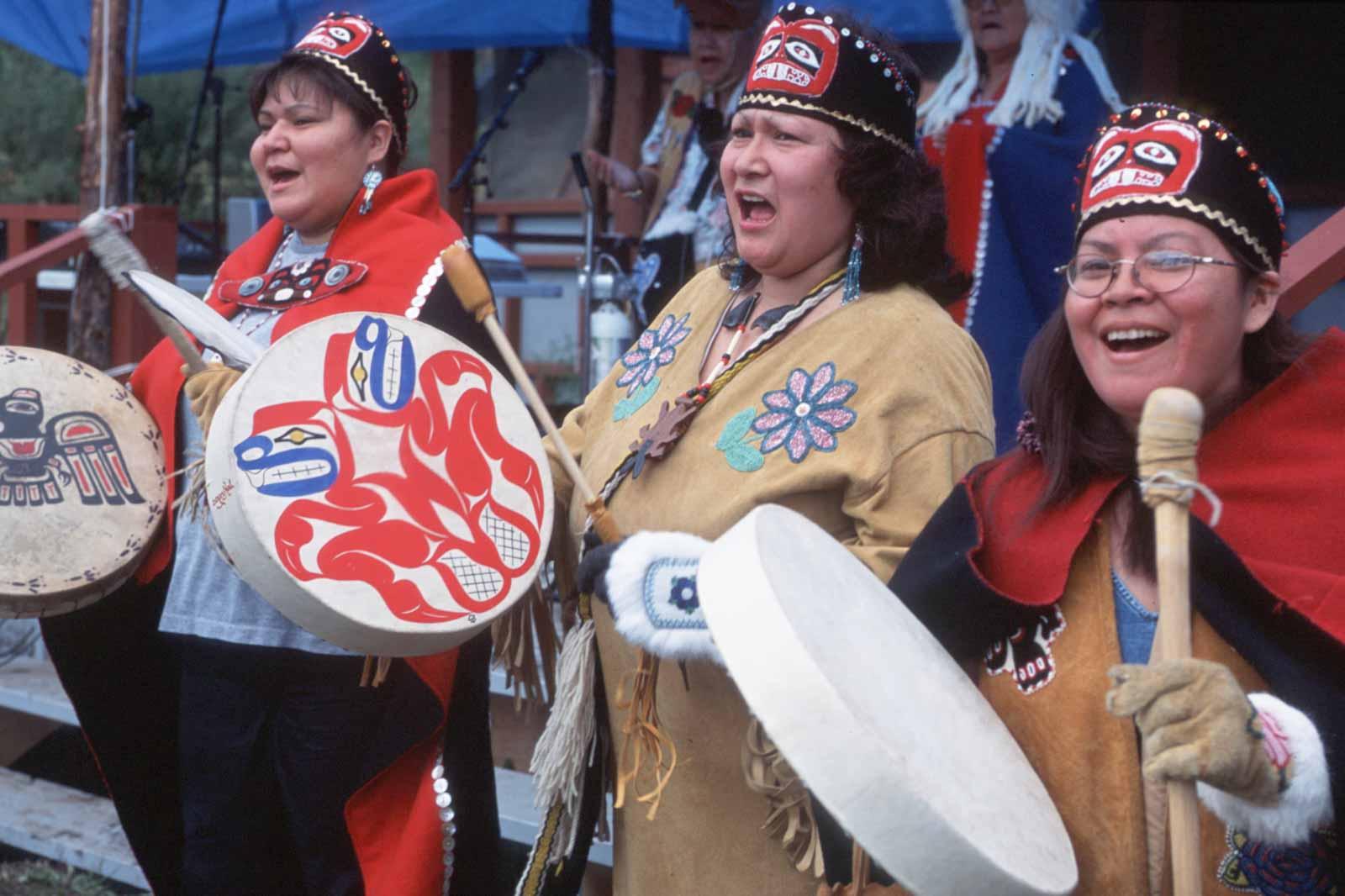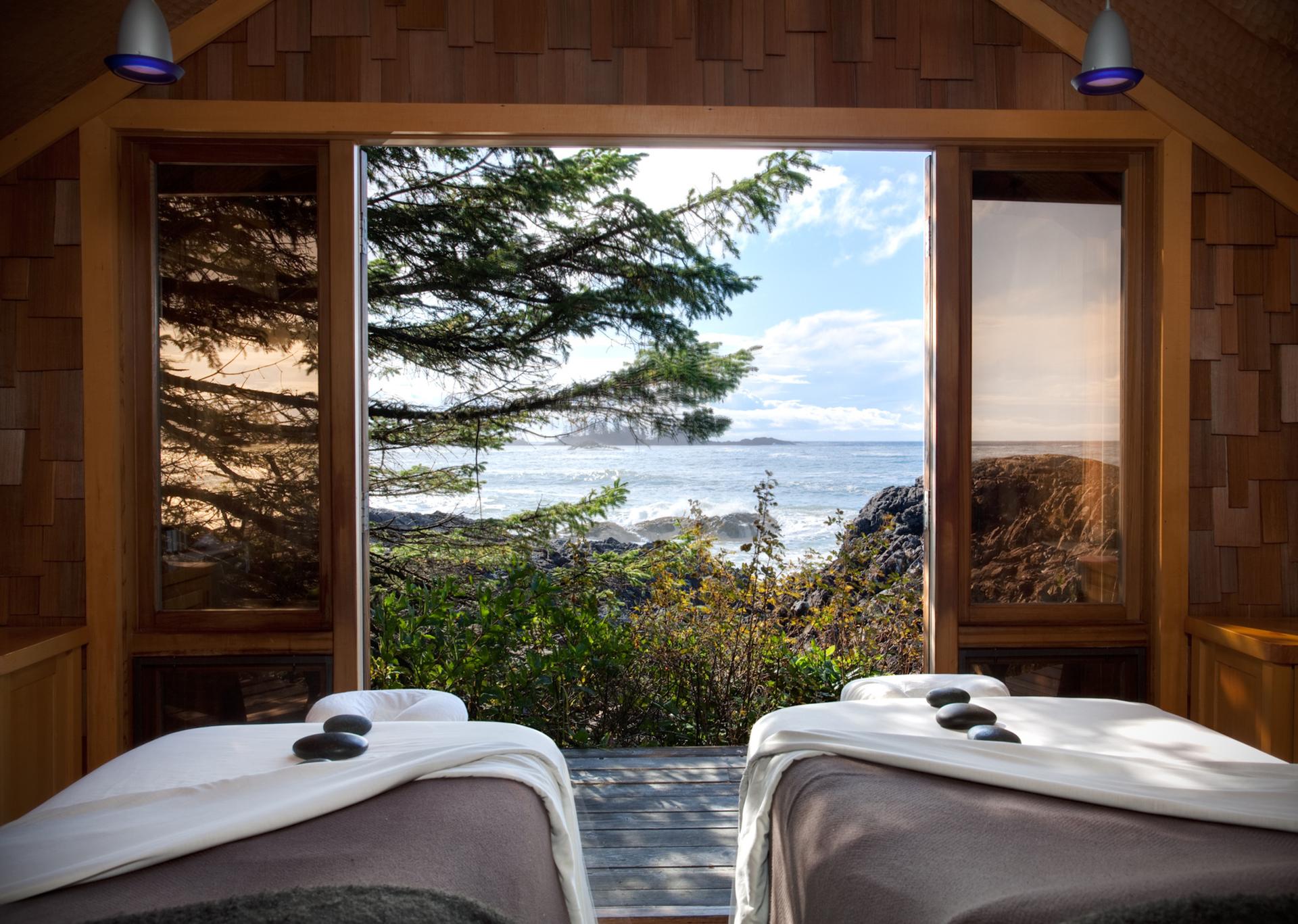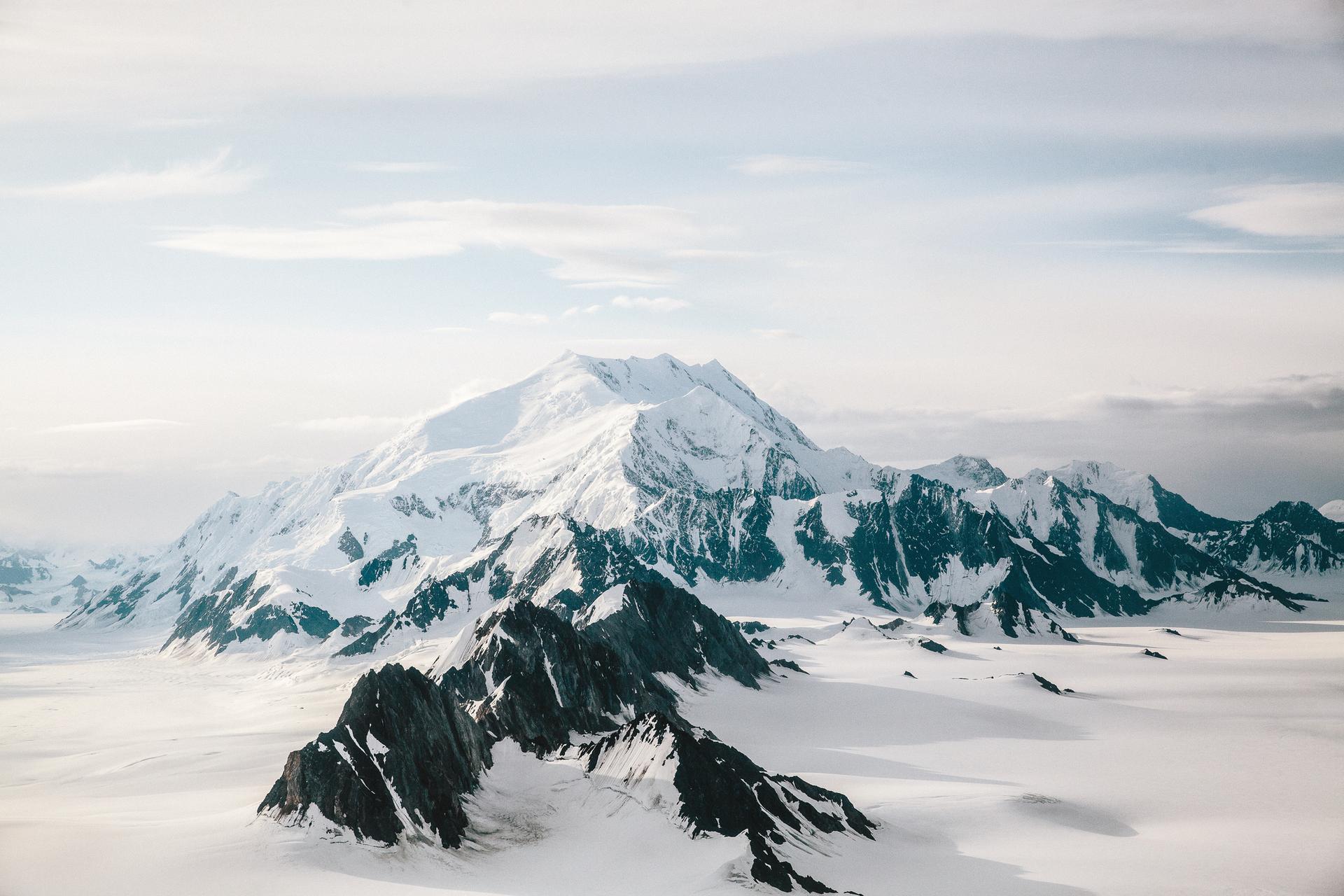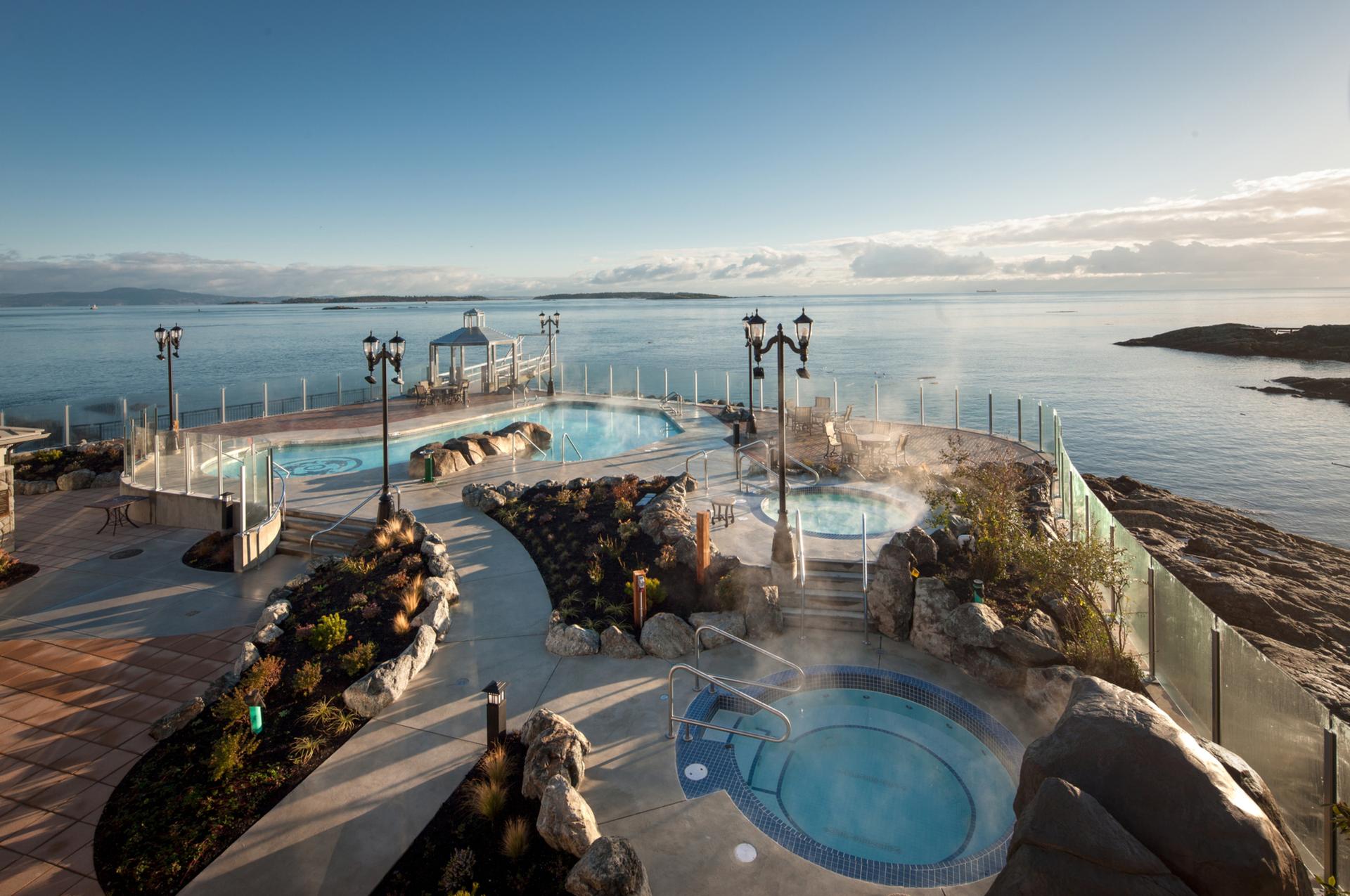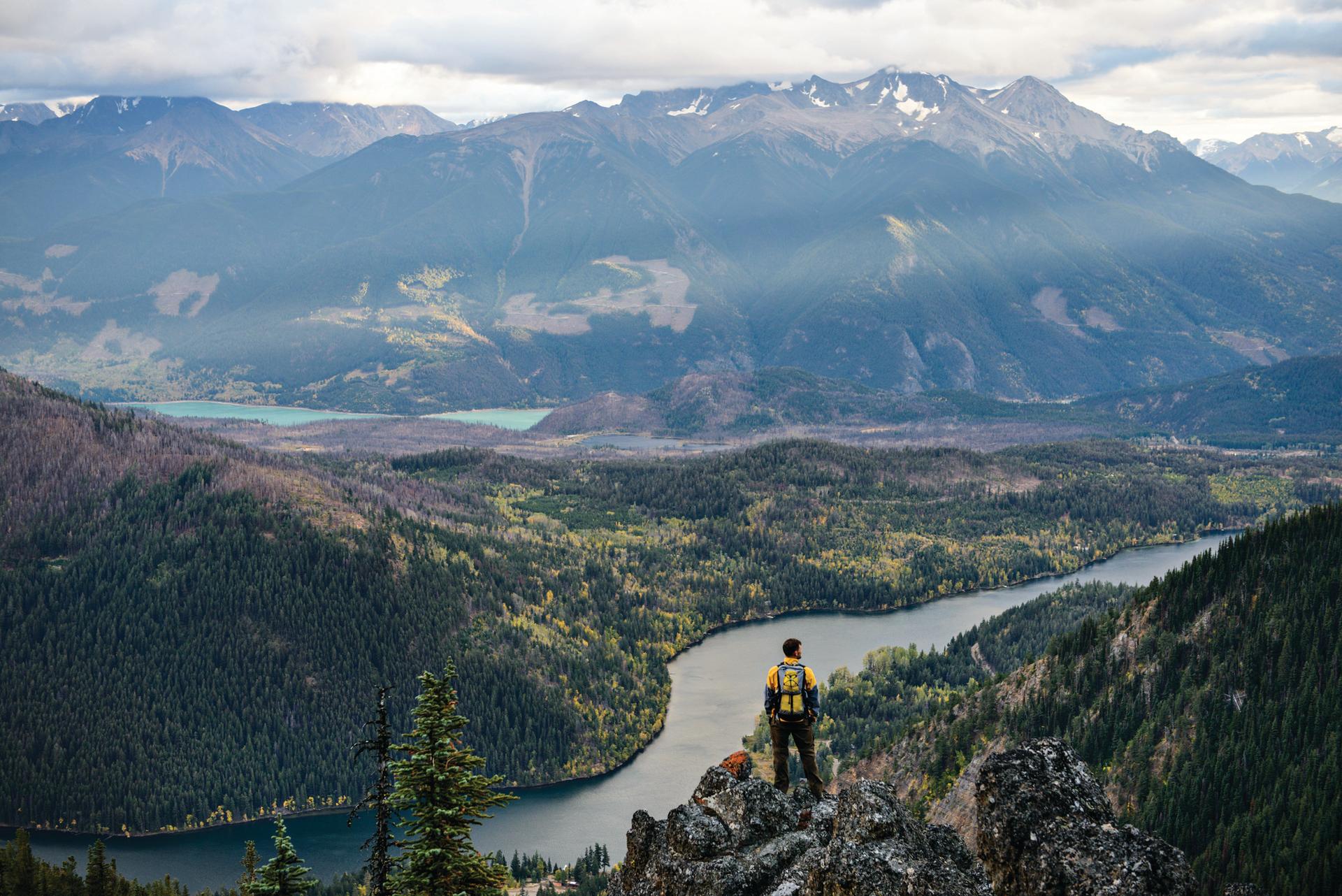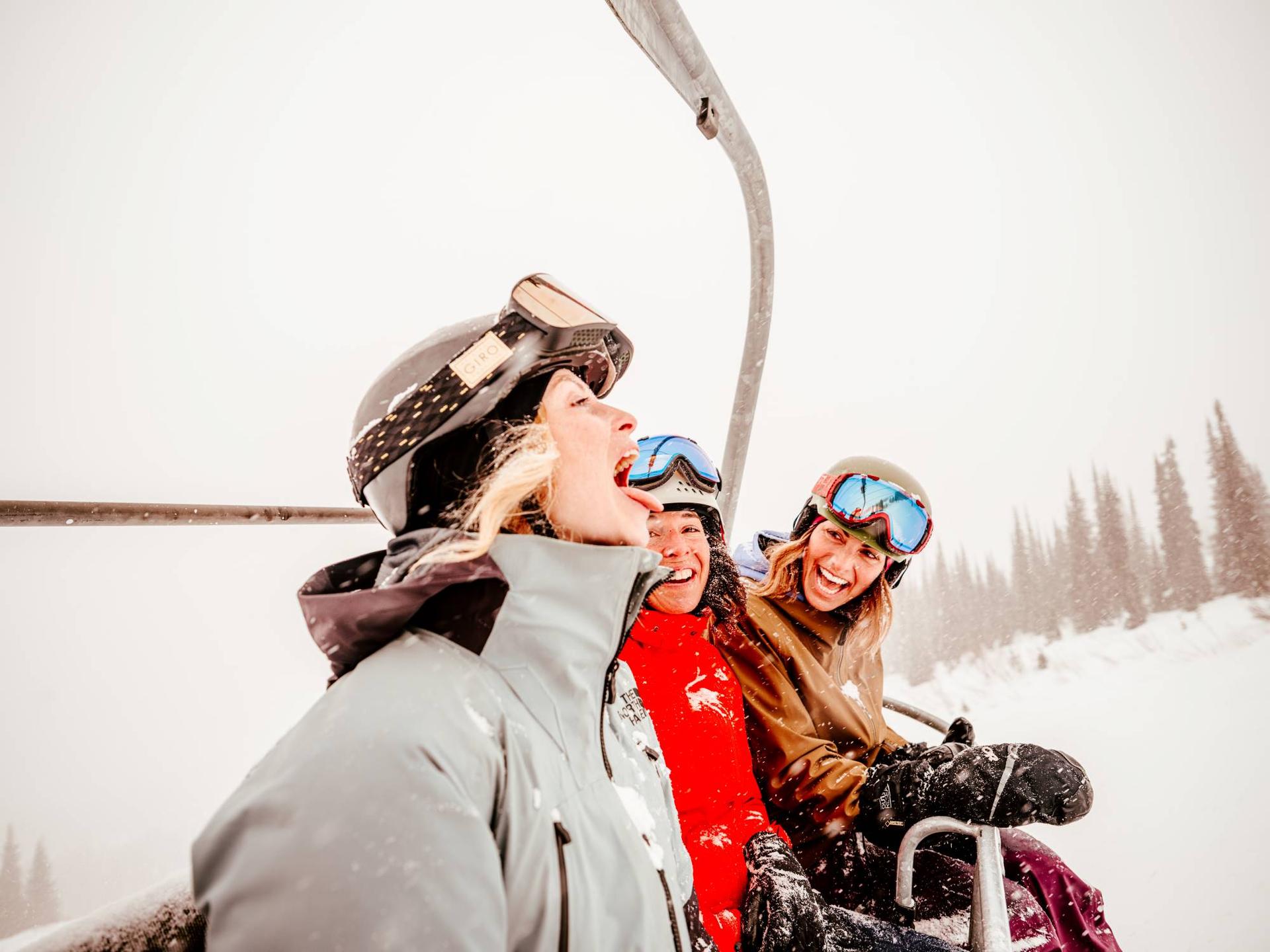In 1896, gold was discovered in a creek near Dawson City by Keish (Skookum Jim Mason), Káa Goox (Dawson Charlie) and Shaaw Tláa (Kate Carmack) of the Carcross/Tagish First Nation and American-born George Carmack. Over the next seven years, the legendary Klondike Gold Rush brought thousands of people to Yukon, changing the territory and Canada forever.
Though the rush ended in 1903, remnants of the Klondike Gold Rush continue to be preserved and celebrated.
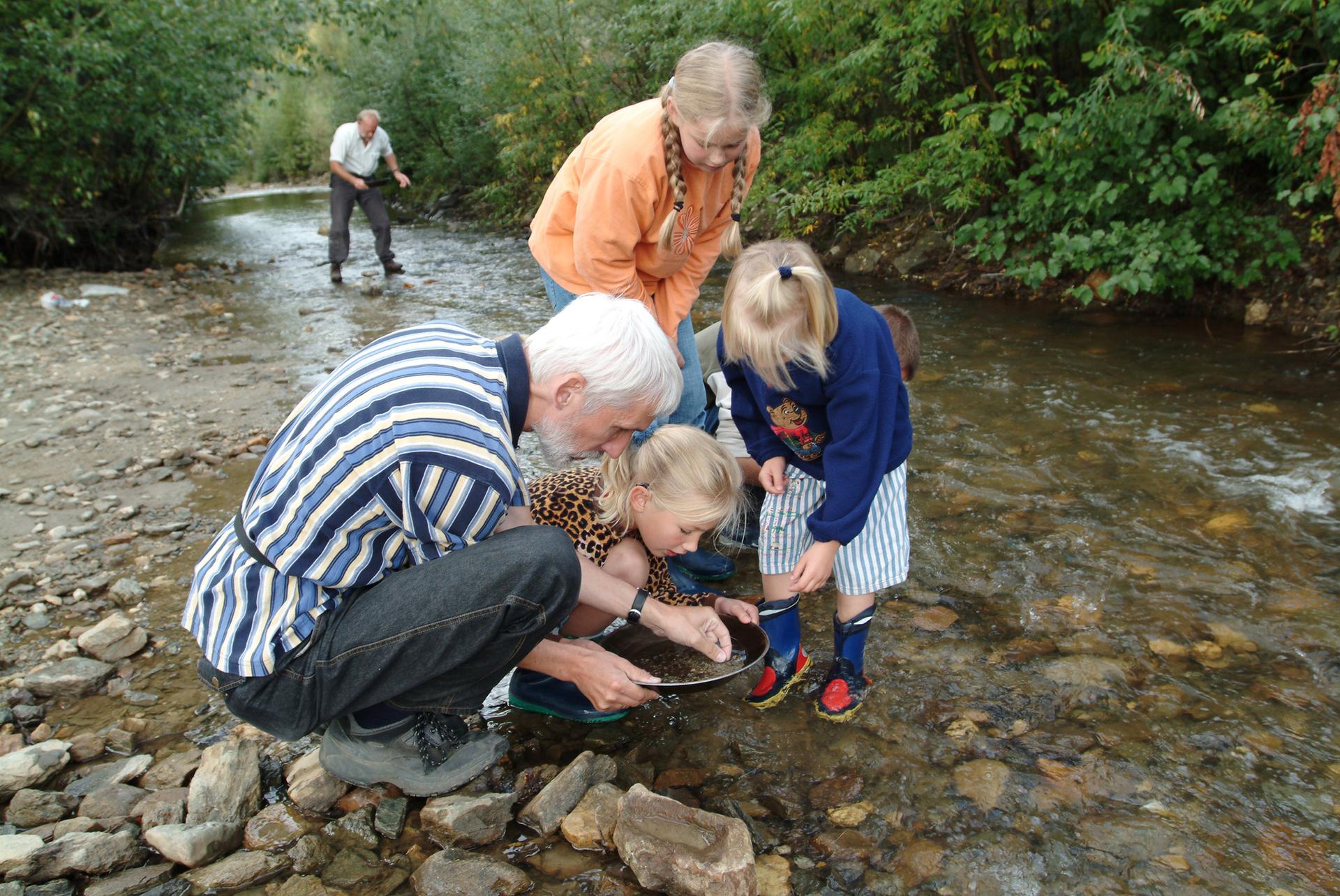
Klondike National Historic Sites
Many of the significant gold rush locations and artefacts have been preserved as National Historic Sites.
The Discovery Claim marks the very point on Bonanza Creek where gold was found in 1896, kicking off the entire rush and the subsequent removal of an estimated ?400 million worth of gold. Today, explore the claim for signs of its mining history or try your hand at gold panning. There are also a few geocaches located around the site, so keep an eye out.
Not far from the creek, visit the massive Dredge No. 4. One of the two dozen dredges that once worked the area, Dredge No. 4 dug up the Klondike Valley, sometimes producing nearly 800 ounces of gold in a single day. At eight storeys high and nearly two-thirds the size of a football field, there's lots to see on a tour of the dredge. Take a guided tour to learn about the masterful machine, or download the Explora App and listen to stories, see photos, and take quizzes as you explore.
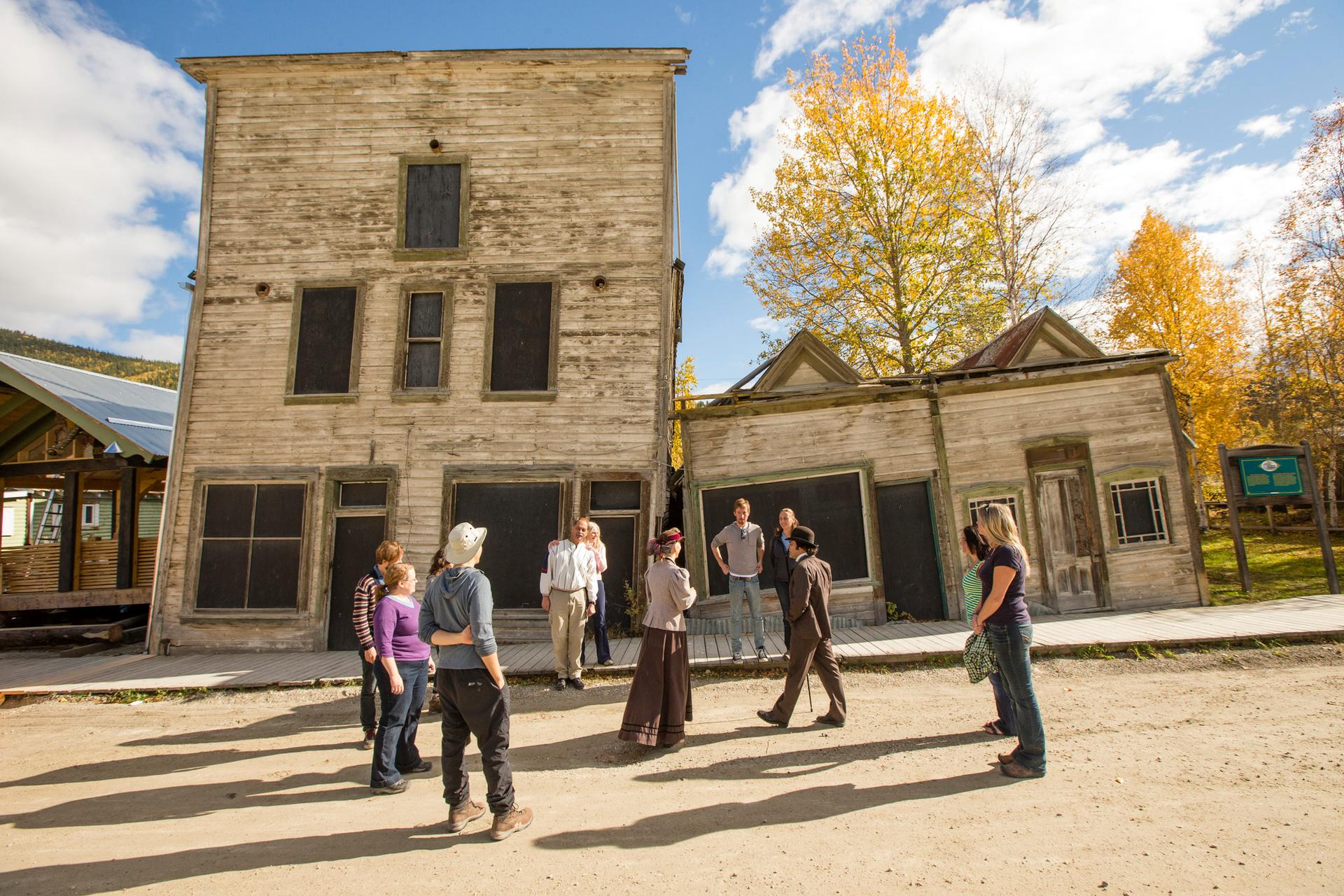
The Dawson Historical Complex is not so much a historical site as it is a community. Seventeen buildings form the protected complex, each with a gold rush story to tell. Walk the wooden boardwalks and pay a visit to a general store, a blacksmith shop, a hotel, and a newspaper building, all brought back to life by costumed guides.
Finally, there's the Klondike Gold Rush International Historical Park. The park comprises three separate sites, one in Yukon, one in Seattle, and one in Alaska, all commemorating the shared impact these communities felt during the rush. In Yukon, the park is a place to learn how rugged prospectors braved the treacherous Chilkoot Pass, or to head out and hike that pass yourself.
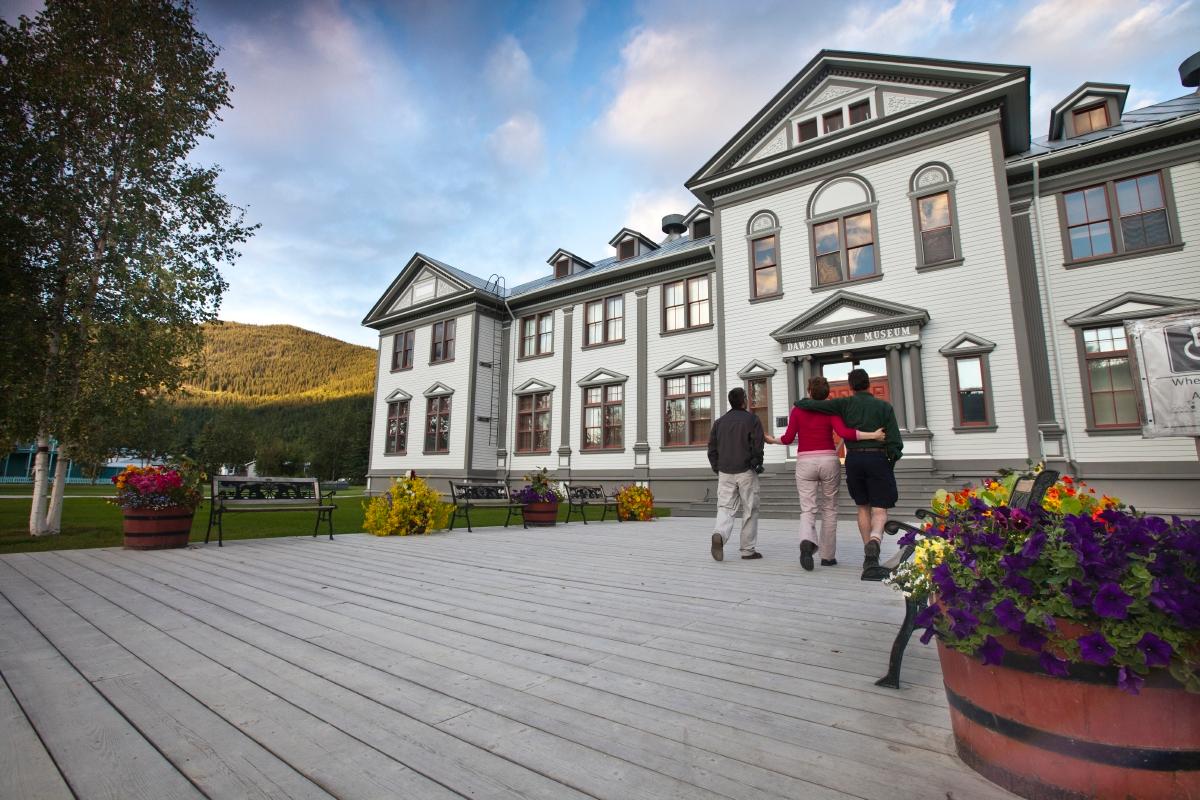
Other ways to re-live the gold rush
For a great overview of the Klondike Gold Rush, the Dawson City Museum is a must-stop.
The museum tells the stories of the people that left their jobs and families for a chance at a fortune. It explains what the area was like before the rush and how it changed. Get a sense of how these settlers lived and whether you would have made a good fortune-hunter. Enjoy a gold-pouring demonstration, explore old mining locomotives, and see what the other exhibits have in store.
The MacBride Museum of Yukon History is another great opportunity to immerse yourself in the gold rush. The museum offers visitors the chance to put a pan in your hand and hunt for gold as they did so many years ago. Numerous exhibits trace the entire history of the territory, from First Nations inhabitants to post-Klondike artefacts.
For a less traditional learning experience, take a tour of a gold mine, learning the old mining ways and the new on the site of a former gold rush town. Or visit Tr'och?k, a First Nations community that was displaced by newcomers during the gold rush years.
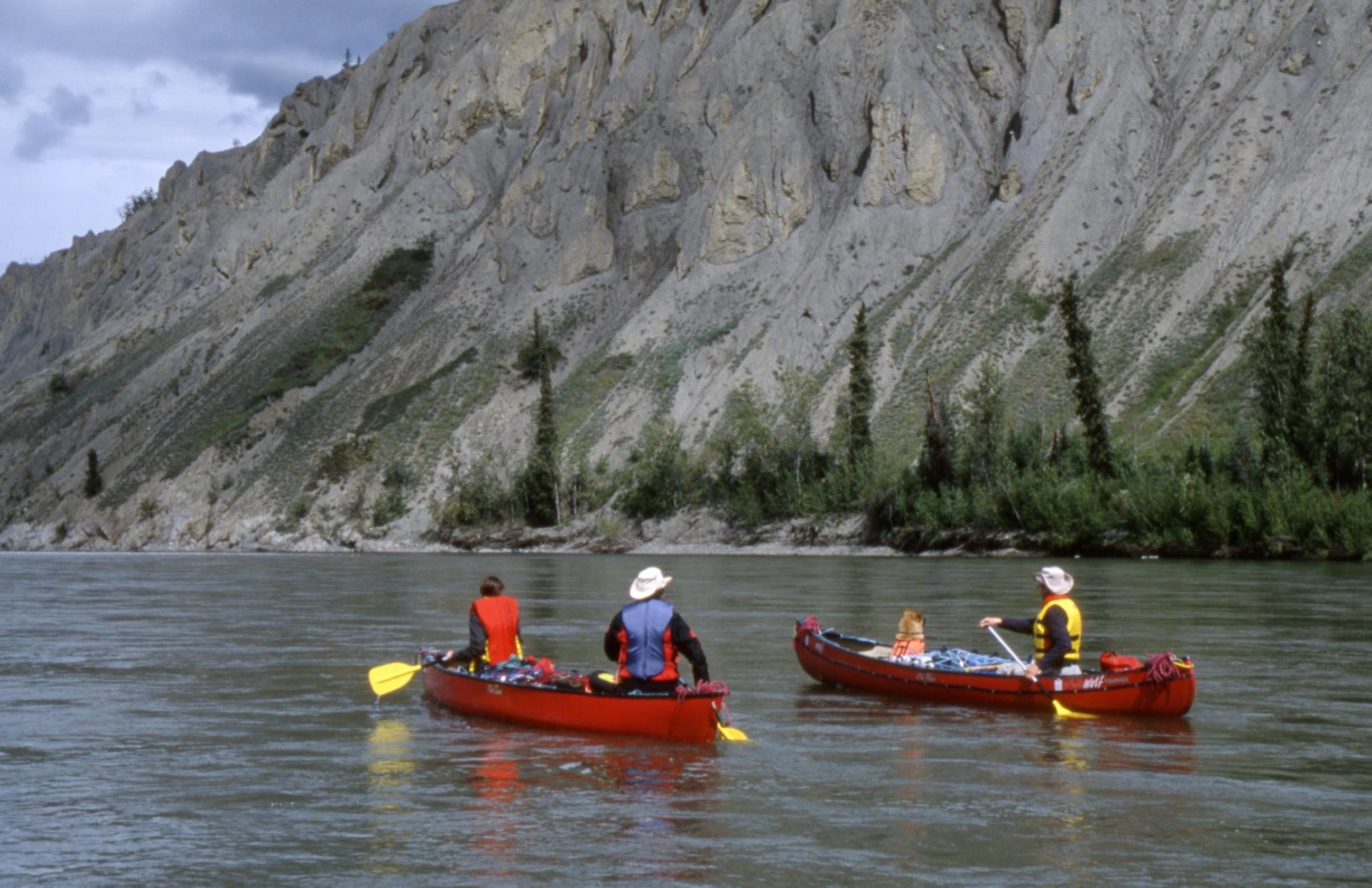
Another way to experience the gold rush is to head outdoors to explore the beautiful Yukon nature that challenged and pushed gold-seekers to their limits. Take to the Yukon River on a paddling trip, spotting cabins, trading posts, and old relics from the gold rush era. Make a visit to the impressive Miles Canyon, which many people tried and failed to cross on their hunt for pay dirt. Seek out the inconspicuous paddlewheel graveyard, on the banks of the Yukon River, where the remains of paddlewheel boats like those used during the rush have been left to rot and rust.
Discover a Klondike Gold Rush itinerary on the Tourism Yukon website.
Discover a Klondike Gold Rush itinerary on the Tourism Yukon website.
